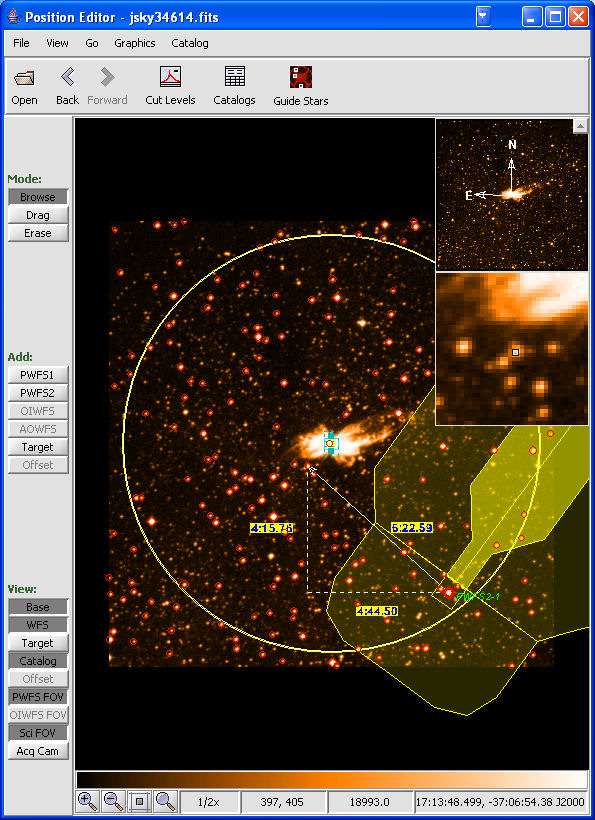
The highest astrometric precision can be achieved by using interferometry. Despite the fact that although its precision was not sufficient to detect planetary companions, the Hipparcos data placed very useful upper limits on the masses of some companions detected by other methods. The European Space Agency's satellite Hipparcos was a space mission entirely dedicated to stellar astrometry. The astrometric signals for most extrasolar planets are typically less than 1 mas and are beyond the scope of most current state-of-the-art instruments. Because of the r dependence, this technique is a complementary method to the radial velocity technique (which will be discussed next).Īs is the case for most of the detection methods, the largest hurdle to overcome in detecting extrasolar planets by astrometry is the need for very precise measurements and the extreme care required to avoid systematic errors (like instrumental effects) in order to prevent the introduction of spurious signals, which may be misinterpreted as real planets, over a long time baseline. The red circle represents the size of the sun.įrom the preceding equation, it is obvious that astrometry is more sensitive to companions with large mass ratios (massive planets around less massive stars), at large orbital separations r and around nearby stars ( d is small). One dash mark on the axes is 0.0002 arcsec.


#Location of astrometry folder the skyx Pc#
The astrometric motion of the center of the Sun (black line) around the barycenter of the solar system due to the gravitational perturbations of the planets, viewed from a point exactly above the ecliptic and from a distance of 10 pc (∼ 32.6 light years).


 0 kommentar(er)
0 kommentar(er)
